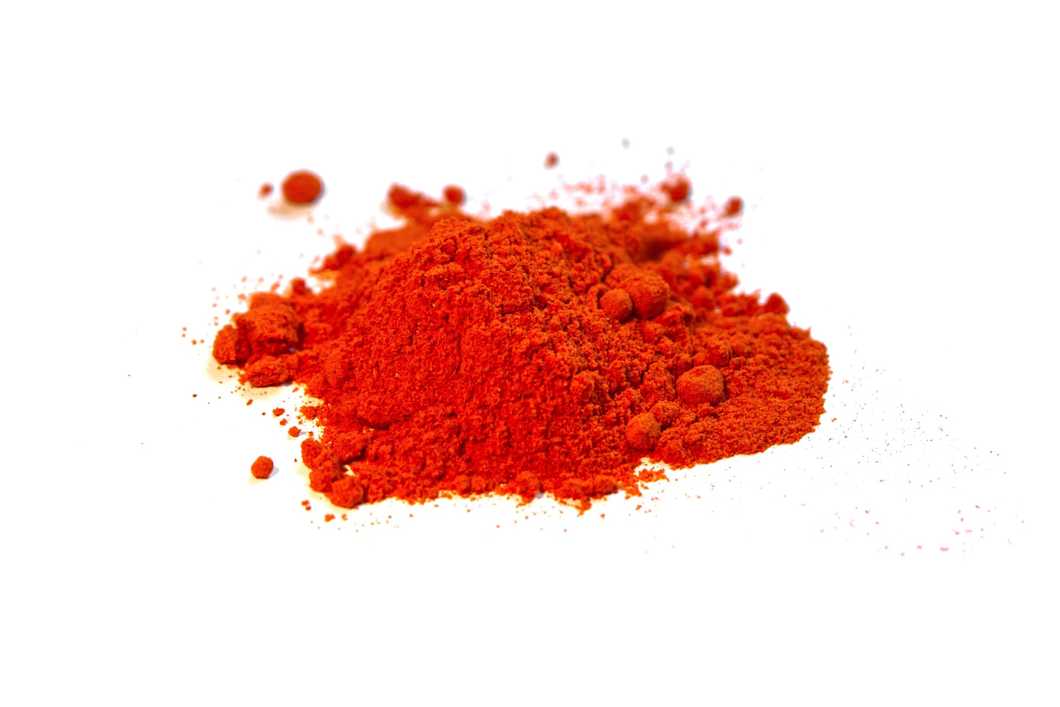Raman spectroscopy
Raman spectroscopy is a non-destructive chemical analysis technique used to identify the chemical components of a sample. Analysis can be performed on organic and inorganic samples, excluding metals and alloys.

Some of our Raman services
Microplastics in food
Microplastics in clean water samples or bottles with FTIR or Raman
Raman spectroscopy - solid samples
Microplastics in soil, sludge or sediment with FTIR
Raman spectroscopy - liquid samples
Raman spectroscopy - gas samples
Prices excluding VAT.
What is Raman spectroscopy and what is it used for?
Raman spectroscopy is a non-destructive analytical technique with applications in chemical testing, pharmaceuticals, geology, polymer characterization (including microplastics analysis), and the semiconductor industry, among others. It is based on the inelastic scattering of photons, known as Raman scattering. The Raman spectrum provides information about chemical structure and distribution, phase and polymorphism, crystallinity, and molecular interactions.
How does Raman spectrometry work?
In Raman spectroscopy, a monochromatic light source is directed onto a sample. The photons interact with the molecules of the sample and are scattered inelastically. The scattered light is detected by an optical spectrometer. Raman spectra occur when light interacts with molecular vibrations and rotational energies in the sample. The energy of the photons can shift up or down, and these changes in wavelength are recorded from the incident light.
Chemical bonds have characteristic vibration frequencies, which can be seen as peaks in the Raman spectrum. Once the chemical bonds in the sample have been identified by the characteristic peaks, conclusions can be drawn about the chemical structure of the compound(s) the sample contains.
Advantages and disadvantages of Raman spectroscopy analysis
Raman spectroscopy is a versatile technique suitable for most sample matrices. Compared to other methods like FTIR and TED-GC-MS, Raman also tends to be more cost-effective, which makes microplastic quantification with Raman the recommended method for identifying microplastic particles in relatively simple sample matrices, such as water.
The biggest weakness of Raman spectroscopy is the fluorescence present in some substances, which can obscure underlying spectral information. Fluorescence can emerge from the sample itself or from the impurities it contains. In addition, Raman cannot detect very small microplastic and nanoplastic particles that have a diameter of less than 1 µm. The py-GC-MS method is an alternative in such cases, although it does not provide the particle size distribution, but instead reports concentrations in micrograms per liter.
What's the difference between Raman and FTIR?
Raman spectroscopy gives data complementary to infrared (IR) spectroscopy. Where IR spectroscopy is sensitive to polar bonds and hetero-nuclear group vibrations, such as OH stretching in water, Raman spectroscopy is sensitive to homo-nuclear molecular bonds, such as C - C, C = C, and C ≡ C bonds. Because of this, Raman spectroscopy can be used to analyze samples in aqueous solutions, which would be hard to analyze with FTIR. Raman spectroscopy is also more sensitive to inorganic materials.
If you're interested in the differences between Raman and FTIR in microplastic analysis more specifically, you can explore the topic further in our blog on ISO 16094 standards. ISO 16094-2 outlines the procedure for analyzing microplastics with vibrational spectroscopy methods (i.e. Raman and FTIR) and specifies some of the key differences between them.
Need Raman spectroscopy analyses?
Measurlabs offers laboratory testing with Raman spectroscopy for microplastic analysis and other purposes. We offer high-quality measurements for solid, liquid, and gas samples, with quick turnaround times and competitive prices - especially for larger sample batches and recurring analyses. Contact us through the form below to get a custom quote for your specific need.
Suitable sample matrices
- Inorganic and organic samples
- All physical states of matter: solids, powders, liquids, gels, slurries, and gases
- Pure chemicals, mixtures, and solutions
- Proteins
- Pigments and dyes
- Carbides
- Metal oxides
- Drug products
- Ceramics
- Minerals (excluding pure metals or alloys)
Ideal uses of Raman spectroscopy
- Distinguishing the chemical composition, state, and structure of a sample
- Analysis of aqueous solutions, non-fluorescent samples, and colorless samples
- 2D and 3D mapping of component distribution throughout a sample (confocal Raman microscopy)
- Complementing data obtained through infrared spectroscopy
Ask for an offer
Fill in the form, and we'll reply in one business day.
Have questions or need help? Email us at info@measurlabs.com or call our sales team.
Frequently asked questions
Raman spectroscopy is used to analyze the chemical composition of organic and inorganic materials in multiple industries and fields of research. Microplastic identification is one increasingly popular use, especially after the recent REACH restriction on microplastics took effect.
Fluorescence of impurities or of the sample itself can hide the Raman spectrum.
Some materials have a weak Raman effect, in this case, infrared spectroscopy is usually preferred.
Because the concentration of molecules is typically low in gases, analysis can be inaccurate and tricky to perform.
The method is not suitable for metals or alloys.
Inorganic and organic samples, excluding pure metals and alloys, can be analyzed with Raman spectroscopy.
All physical states of matter can be analyzed. Samples can be solids, powders, liquids, gels, and gases.
Measurlabs offers a variety of laboratory analyses for product developers and quality managers. We perform some of the analyses in our own lab, but mostly we outsource them to carefully selected partner laboratories. This way we can send each sample to the lab that is best suited for the purpose, and offer high-quality analyses with more than a thousand different methods to our clients.
When you contact us through our contact form or by email, one of our specialists will take ownership of your case and answer your query. You get an offer with all the necessary details about the analysis, and can send your samples to the indicated address. We will then take care of sending your samples to the correct laboratories and write a clear report on the results for you.
Samples are usually delivered to our laboratory via courier. Contact us for further details before sending samples.